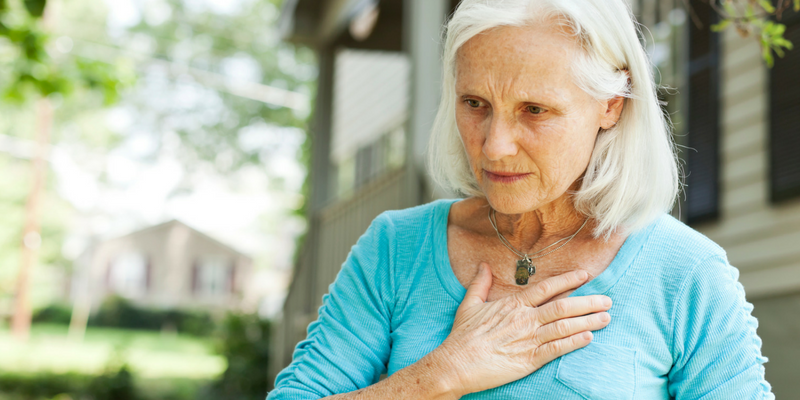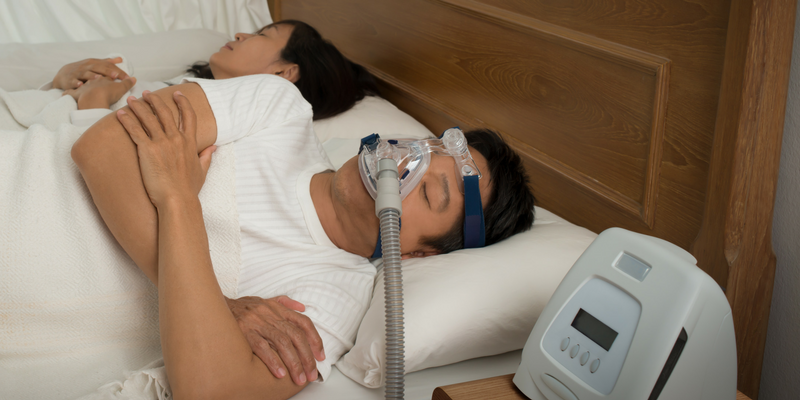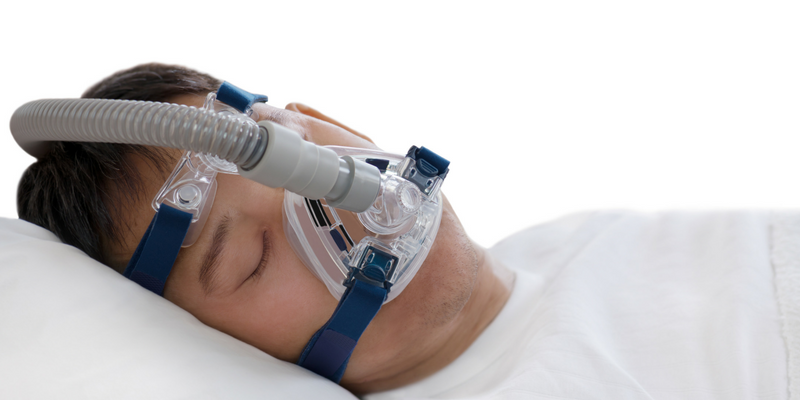
In an earlier blog post, we talked about why people love the DreamStation by Phillips Respironics. And no wonder—it’s small, quiet, easy to use, and doesn’t look ugly or clunky sitting on your nightstand.
If you love the DreamStation, then we have good news for you! Respironics just unveiled the next generation in this CPAP machine line—the DreamStation Go!
Meant to be the travel version of this already-small PAP machine, the DreamStation Go has all the great features of the regular DreamStation but at half the size. It has a third fewer components than other travel CPAP machines, which makes it much less of a hassle to pack and unpack on trips.
Remember the last time you flew on an airplane? The DreamStation Go meets all the FAA requirements for travel, so you’ll be able to board your plane with ease. Because it has fewer component parts, you know you won’t have the headaches you had last time you tried to set up a CPAP machine mid-air. Plus, it has altitude compensation settings, so you’ll remain comfortable your entire flight.
Plan on camping or heading somewhere else off-the-grid? The DreamStation Go features an overnight battery that can operate at 10cm of pressure for up to 13 hours.
Just like with its bigger brother, the DreamStation Go can be used with all your smart devices. It’s compatible with the DreamMapper app, and can sync data from your tablet, smartphone or computer. No matter what platform you like to use, you’ll be able to track your sleep data with this new CPAP machine!
The new DreamStation Go uses a 12mm micro-flexible tubing that is light, small, and flexible. It diminishes the drag you sometimes feel on CPAP masks, allowing you greater freedom of movement during sleep. Its click connections located on both ends of the tube make it a snap to connect and disconnect.
If you’re looking for a new CPAP to go with you wherever life’s journey takes you, consider the DreamStation Go!



